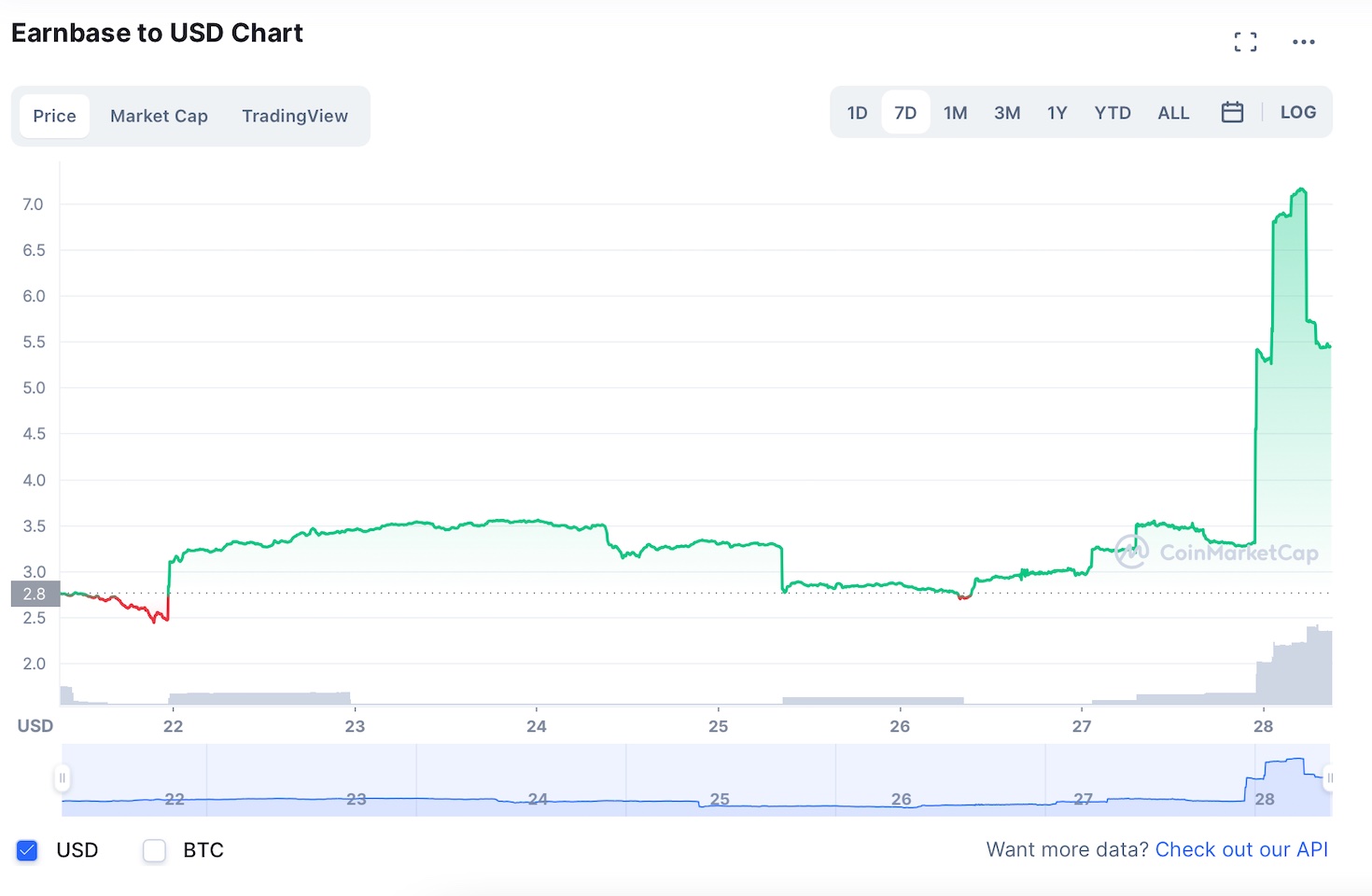您现在的位置是:US Navy tests new tail >>正文
US Navy tests new tail
上海品茶网 - 夜上海最新论坛社区 - 上海千花论坛546人已围观
简介By subscribing, you agree to our Terms of Use and Policies You may unsubscribe at any time.The US Na...
By subscribing, you agree to our Terms of Use and Policies You may unsubscribe at any time.
The US Navy recently tested a new drone, called the Aerovel Flexrotor, in the ocean between Iran and the Arabian Peninsula. The tail-sitting drone boasts a powerful rotor just below the neck of its bulbous front-facing camera pod and needs very little deck space for takeoff or landing.

Once in the sky, it pivots and flies like a typical fixed-wing plane. This capability makes it an ideal tool for confined launch zones on smaller ship decks or unimproved runways.
The March 8th test flights were part of the "International Maritime Exercise 2023," which included 7,000 people from 50 countries. During the exercise, the Navy had to do many different things, like counter naval mines, work on global health issues, test the integration of drones and artificial intelligence, and practice following orders.
See AlsoThe Flexrotor was also deployed in the region in December 2022 as part of a "Digital Horizon" event to integrate drones and AI into Navy operations.
The advantage of a tail-sitting drone like the Flexrotor is that it only needs a clearing or open deck space as large as its widest dimension. This makes it highly versatile and valuable for scouting the ocean's vastness.
The Flexrotor boasts a cruising speed of 53 mph (85 kph), a top speed of 87 mph (140 kph), and potentially more than 30 hours of continuous operation. It can serve as a scout with daylight and infrared cameras and work as a communications relay node. Long-endurance drones like these allow crews to pilot them in shifts, reducing pilot fatigue without having to land the drone to switch operators.
The US Navy has been working to improve its ability to watch over regional waters by adding unmanned systems and artificial intelligence. In December 2021, a US Navy unmanned task force in the Middle East launched an aerial drone from a US Coast Guard vessel operating in the Arabian Gulf. The launch was part of Digital Horizon, a three-week event focused on integrating new unmanned and AI platforms. Ten of these systems were being used for the first time in the region.
The Aerovel Flexrotor took off and landed vertically aboard the USCGC Emlen Tunnell, showcasing the close collaboration between the Navy, Coast Guard, and industry partners to advance technology integration. The drone can support intelligence, surveillance, and reconnaissance missions day and night using a daylight or infrared camera to provide a real-time video feed. UAVs like the Flexrotor enable Task Force 59 to enhance a resilient communications network used by unmanned systems to relay video footage, pictures, and other data to command centers ashore and at sea.
As the Navy continues integrating unmanned systems and AI, the Flexrotor represents a significant step forward in expanding the perception of ships and improving scouting on the ocean. The Navy can be more aware of what's happening and respond better to new threats by using drones that can be launched quickly from cleared deck space.
Tags:
转载:欢迎各位朋友分享到网络,但转载请说明文章出处“上海品茶网 - 夜上海最新论坛社区 - 上海千花论坛”。http://www.jz08.com.cn/news/26947.html
相关文章
Yuga Labs and Magic Eden announce new Ethereum NFT marketplace to protect creator royalties
US Navy tests new tailYuga Labs and Magic Eden plan to launch the new Magic Eden ETH marketplace before the end of 2023.Th...
阅读更多
Bitget Wallet strengthens MEV protection with Flashbots integration, delivering a superior on
US Navy tests new tailVictoria, Seychelles, November 2nd, 2023, ChainwireFormerly known as BitKeep Wallet, Bitget Wallet h...
阅读更多
MX TOKEN (MX) price prediction amid a positive crypto market sentiment
US Navy tests new tailMX Token (MX) has surged from $0.0118 to $2.8564, fueled by a deflationary.MEXC has announced the la...
阅读更多
热门文章
最新文章
Crypto price prediction: Shiba Memu, Celestia, Terra Luna
Banks should manage risks from crypto firm deposits, says Barr
XRP whales make waves as Shiba Memu presale nears conclusion
The best places to buy Metahero after HERO coin surges in value
DARPA picks Inca Digital for its crypto project
Immutable X (IMX) gains over 50% in recent weeks